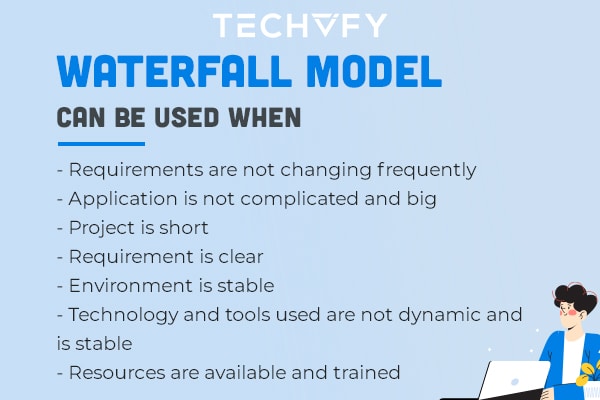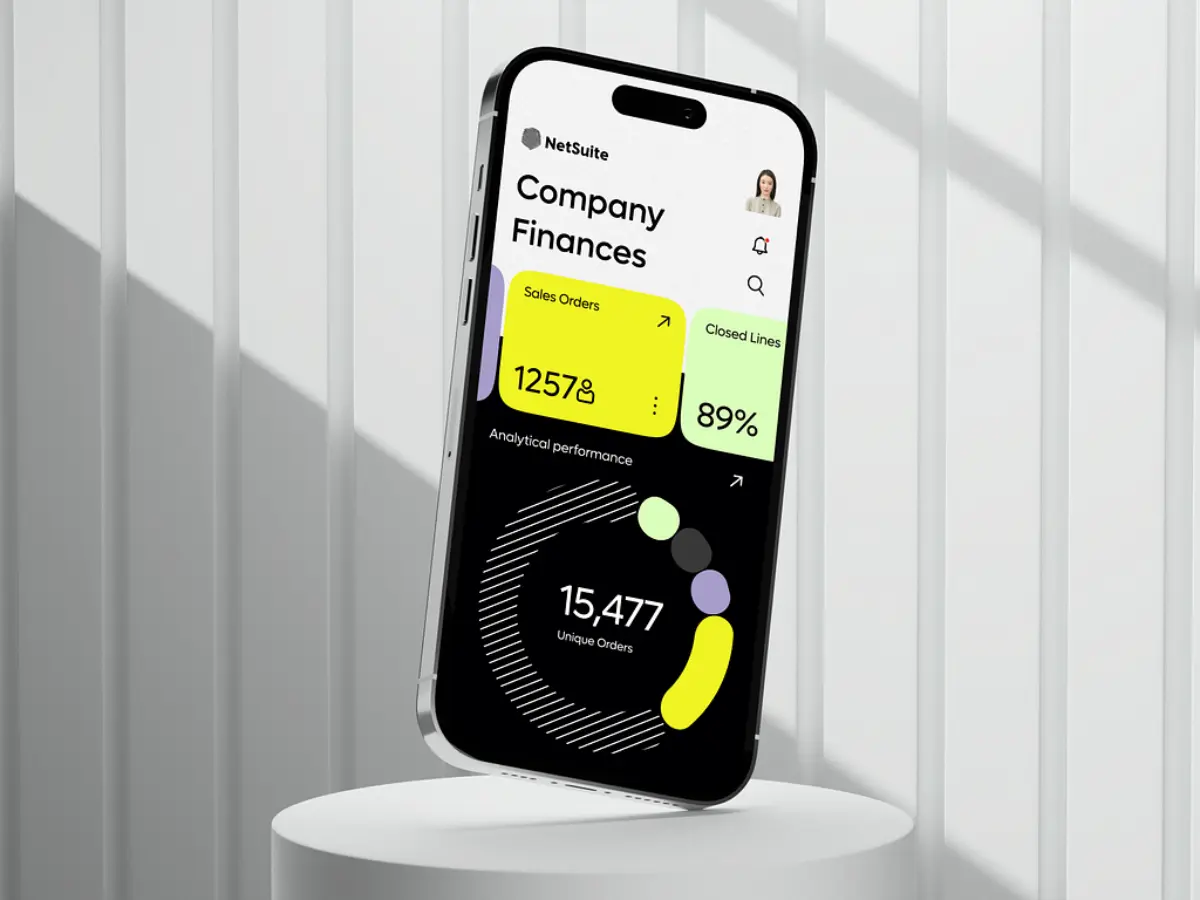Waterfall Process in Offshore Software Development


The Waterfall process was one of the earliest and simplest ways to put together a software development process. It was called “Waterfall” because of the order of phases.
Each step in a Waterfall process flows into the next like a waterfall’s cascading tiers. No phase begins until the prior phase is complete, and each phase’s completion is terminal. The only way to revisit a phase is to start over at phase one.
In other words, the Waterfall management method is a sequential, linear project management process consisting of several discrete phases.
The Waterfall process’s goal is to deliver the full system at once. This method was mainly suitable for large enterprises or government systems. However, due to the large scope it has to handle, the Waterfall process was slow, unmanageable, and not very responsive to changes.
The Waterfall process usually consists of five to seven phases that follow in strict linear order. The specific names of the phases vary, but they were originally defined by their inventor, Winston W. Royce, in the following way:
Learn more: Scrum vs. Waterfall: What’s The Difference?
Patrick Rockwell, an expert in this field, mentions situations where the Waterfall process can be beneficial:
“Though less common these days, when your end product’s requirements are fixed time and money yet are variable, choose the method.
I like to imagine a scientist doing research for a big company—through trial and error, he’ll likely restart his whole process many times and at different stages to get the coveted final result.
Through Waterfall project management, this behavior is anticipated and even preferred! This enables members to adjust and re-think their approach time and time again.”

As Patrick mentions, the Waterfall process can be problematic if the project requirements are not perfectly clear. Because of its inability to adapt to change, the Waterfall methodology works best for short projects with clear requirements.
If your requirements are not constantly changing and your environment is stable, Waterfall is an ideal choice. Thus, the Waterfall process is also adequate when your technology and tools are stable.
That’s a basic introduction to the Waterfall software development method. To sum up, the Waterfall method can help you accurately estimate your project cost, resources, and deadlines if you have a fully laid out project schedule with detailed requirements and specifications.


Table of ContentsWhat is the Waterfall process?Phases of the waterfall modelWhen to use the Waterfall process model?Final thoughts Technological advancements are paving new paths for companies across different sectors, and the logistics industry is no exception. According to a survey by Gartner, 87% of supply chain professionals plan to invest in enhancing the resilience of their platforms. Logistics encompasses a broad and complex array of processes that demand the utmost precision and continuous optimization. Companies can automate and streamline these processes through software product development, significantly boosting efficiency. In this article, we will delve into the realm of logistics software…
26 July, 2024

Table of ContentsWhat is the Waterfall process?Phases of the waterfall modelWhen to use the Waterfall process model?Final thoughts The technology sector is advancing at an unprecedented pace, and the HR landscape is evolving right alongside it. To attract top talent, HR professionals and organizations need to stay ahead of emerging technology hiring trends. This year, we are witnessing significant shifts in hiring practices that will redefine our understanding of the future workforce. According to a Microsoft study, the number of technology jobs worldwide is expected to skyrocket from 41 million in 2020 to an incredible 190 million by 2025. This…
25 July, 2024

Table of ContentsWhat is the Waterfall process?Phases of the waterfall modelWhen to use the Waterfall process model?Final thoughts Customized software plays a major role in managing various tasks within the telecom industry. It is essential for allocating numbers to subscribers and managing networks through optimized and AI-enabled routing protocols. Additionally, it aids in detecting fraud with intelligent telecom software development solutions and maintaining detailed subscriber profiles, including comprehensive call recording reports. I. A Quick Look into the Telecommunication Industry The telecommunications industry enables the global exchange of information in the 21st century. Key players in this sector include cable and…
24 July, 2024


Thank you for your interest in TECHVIFY Software.
Speed-up your projects with high skilled software engineers and developers.
By clicking the Submit button, I confirm that I have read and agree to our Privacy Policy